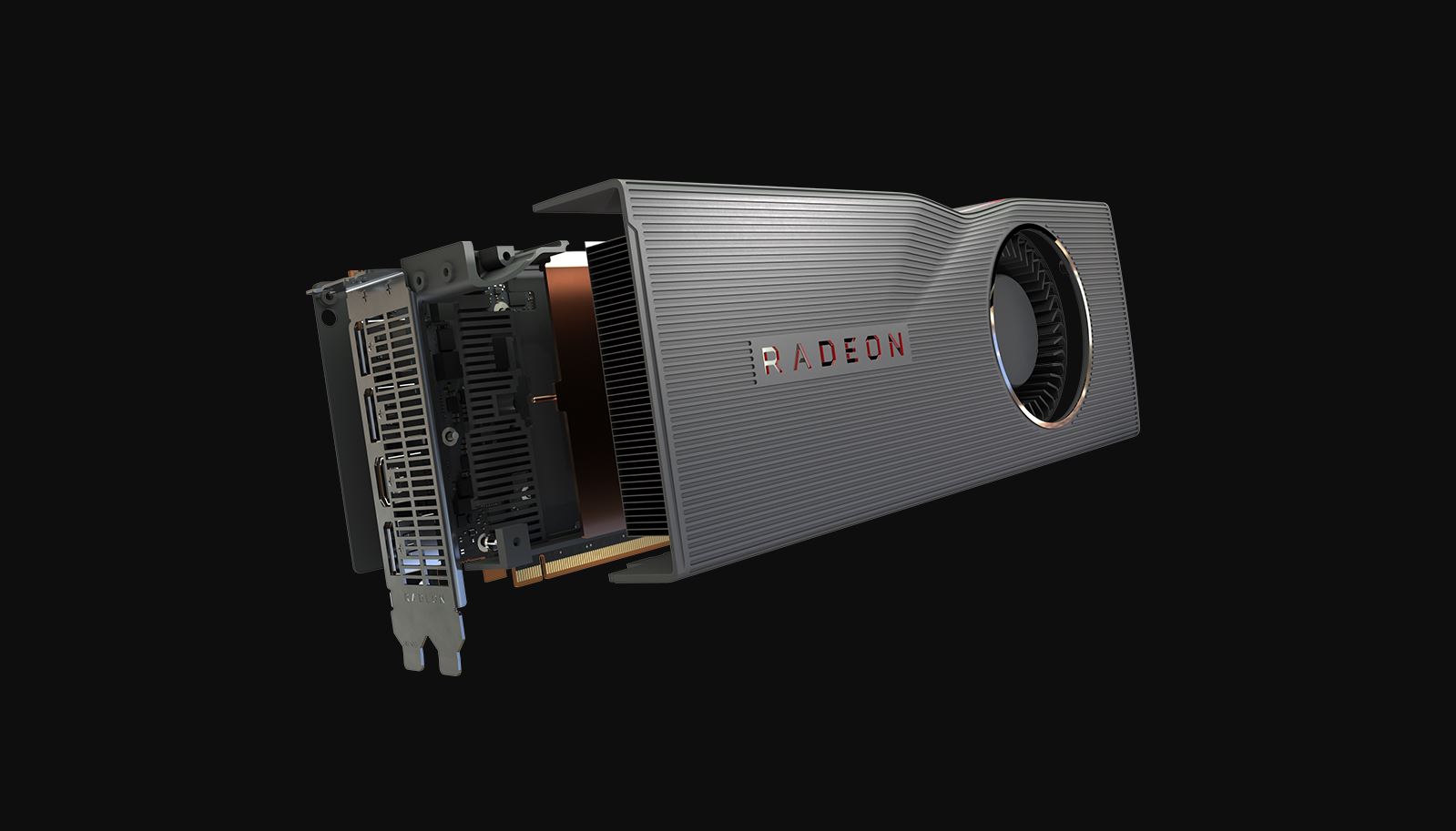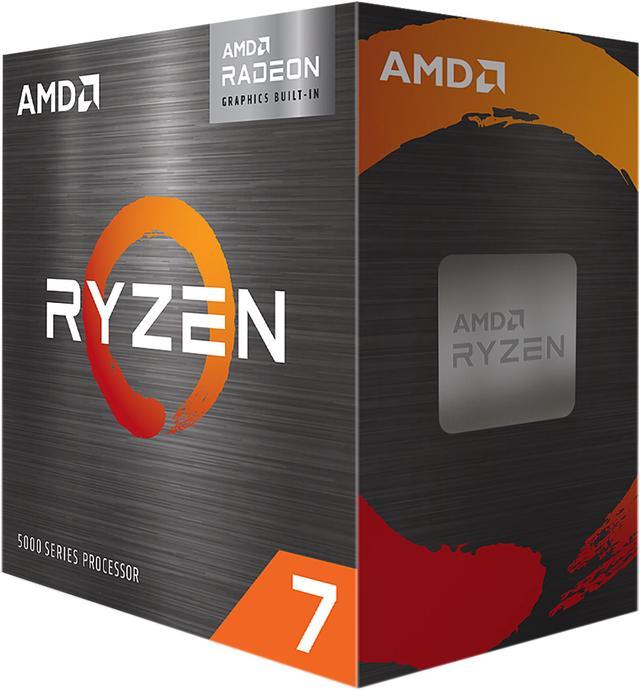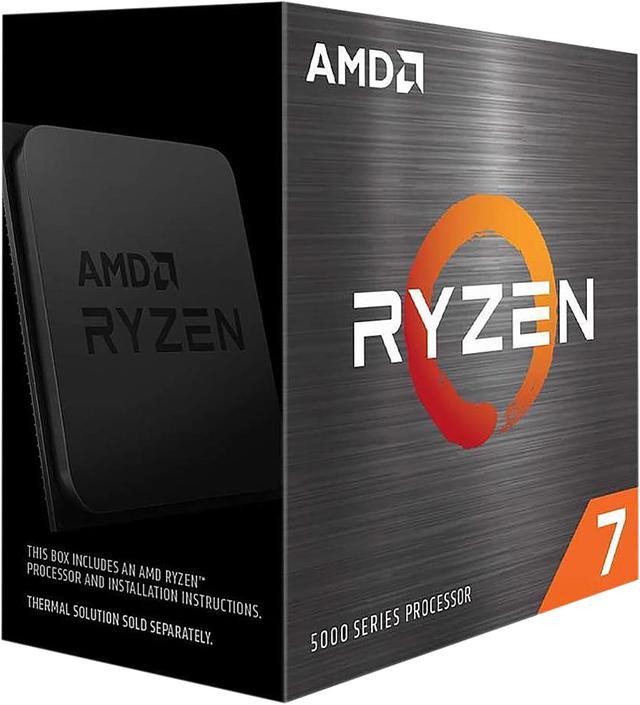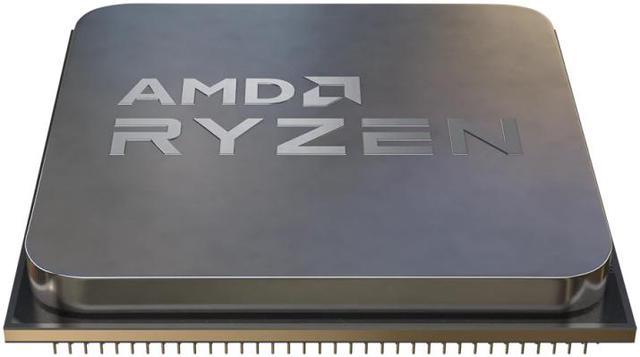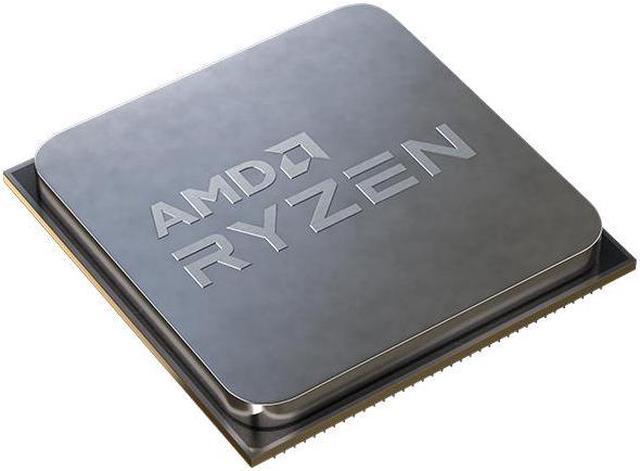Everyone’s favorite build-on-a-budget manufacturer AMD has a new line of… well, everything, coming out soon.
Among the new lines of CPUs, GPUs, and motherboards revealed and detailed at Computex and E3, some very interesting features and new tech were unveiled, too. Included in those interesting features is Radeon Anti-Lag, which will come loaded on AMD’s new line of graphics cards, slated for release in Q3 of this year.
Despite its very short time slot during AMD’s presentation at E3, Radeon Anti-Lag stands tall as one of the most impressive tech reveals at the event. But what exactly is it, and what role does lag play in graphics? If you’re one of the many PC gaming fans curious about either of those questions, or you’ve found yourself confused after reading some common misconceptions that have been floating around about it, we’ve got you covered. Here’s everything we know so far.
Lag? What lag?
The word “lag” in gaming is a loaded term. When you hear an angry player complain about experiencing it, they can be referring to anything from their internet connection slowing down to their framerate plummeting. As it turns out, however, the lag this feature tackles is neither of those things. It addresses input lag.
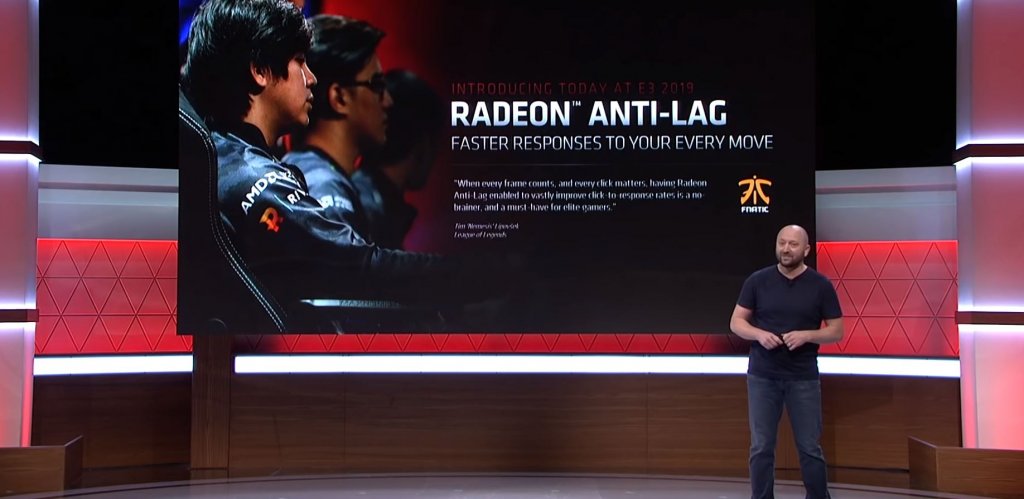 Input lag is, simply put, the time it takes for something to happen on-screen after you hit a button on your keyboard, mouse, or controller. Input lag comes with every single computer and console, but it can increase and decrease depending on the tech involves. And while there isn’t exactly an industry standard for it, there is a rough average—57 milliseconds when gaming at 60fps, according to AMD at E3. That’s a very short amount of time, so small that you almost can’t notice any differences when it falters. But it does still affect more than one frame, which can certainly be noticed by those that spend hours upon hours playing games, like esports professionals.
Input lag is, simply put, the time it takes for something to happen on-screen after you hit a button on your keyboard, mouse, or controller. Input lag comes with every single computer and console, but it can increase and decrease depending on the tech involves. And while there isn’t exactly an industry standard for it, there is a rough average—57 milliseconds when gaming at 60fps, according to AMD at E3. That’s a very short amount of time, so small that you almost can’t notice any differences when it falters. But it does still affect more than one frame, which can certainly be noticed by those that spend hours upon hours playing games, like esports professionals.
AMD showed a little bit of data involving input lag when the company made its big Anti-Lag reveal. The upcoming Radeon RX 5700 XT graphics card, for instance, runs standard at 56ms, while Nvidia’s RTX 2070 card runs a bit higher at 59ms, according to AMD. That’s about four frames of input lag, give or take. Higher FPS tends to reduce this lag.
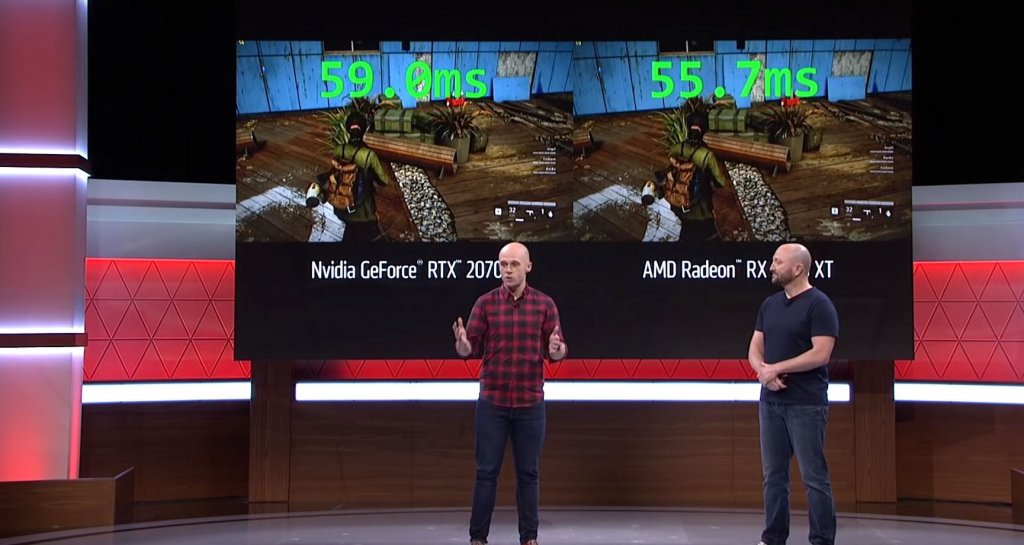 The new tech
The new tech
Enter Radeon Anti-Lag. When the feature was flipped on during AMD’s demonstration at E3, input lag dropped in the 60fps game they were running all the way down to 44ms. That’s a 21 percent drop in latency from the 56ms that the same card was running before the feature was turned on, which is about one frame of less latency. That’s probably not a noticeable difference to the general public, but for the enthusiasts among us, it’s definitely significant.
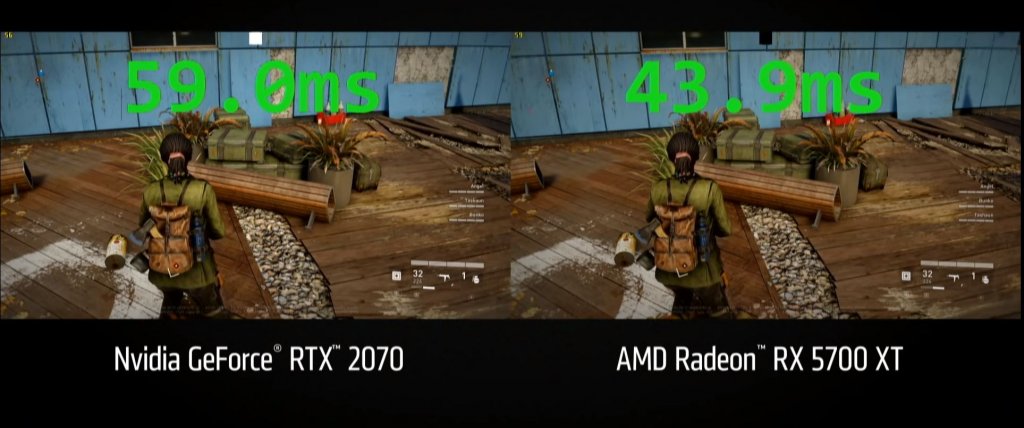 That 21 percent is certainly impressive, but AMD claims, on average, that the improvement should be even greater. For instance, in a graphic AMD showed during the presentation, the input lag in most games should drop by roughly 33 percent, which brings the contextual difference up to 1.5 to 2 frames, if it’s actually true.
That 21 percent is certainly impressive, but AMD claims, on average, that the improvement should be even greater. For instance, in a graphic AMD showed during the presentation, the input lag in most games should drop by roughly 33 percent, which brings the contextual difference up to 1.5 to 2 frames, if it’s actually true.
To be totally honest, though, the reality is probably at least a little less impressive. For instance, that same graphic listed The Division 2 dropping from 45 to 30ms of input lag comparing the feature being off to it being turned on. But when AMD itself demonstrated running The Division on its new card, input lag was much higher to start at 57ms, not the 45 that the graphic claimed. It didn’t near 45 until the feature was turned on, which is when the lag dropped to 44ms—21 percent. It never even got close to 30ms, which was what the graphic stated the input lag should end at with this new feature turned on.
 Still, a drop from 56 to 44ms is impressive, and it’s certainly a major improvement.
Still, a drop from 56 to 44ms is impressive, and it’s certainly a major improvement.
How Radeon Anti-Lag works
If you’re impatient like me, you may be a little bummed to hear that AMD has actually revealed very little about how this groundbreaking feature works. On stage, AMD’s Robert Hallock explained it as the input lag being decoupled from framerate. We’re not exactly sure what that means or how AMD went about detaching framerate from input lag, but it certainly sounds exciting.
Something incredibly important to note, however, is that this does not appear to be a hardware feature, or a feature exclusively available on AMD’s new cards, despite it being revealed as part of a graphics card keynote. Popular gaming publications, such as PCGamesN in its article on the feature reveal, have even stated that this feature is tied to the architecture of the new cards. The confusion is definitely fair, as none of this was explained in the presentation, but there is a very small footnote at the bottom of a slide in AMD’s Radeon Software Adrenaline Edition press kit that gives it away.
 “Compatible with: AMD Radeon GCN-based discrete graphics and newer. Supports Windows 7 and 10, DX 9 and DX 11 APIs.”
“Compatible with: AMD Radeon GCN-based discrete graphics and newer. Supports Windows 7 and 10, DX 9 and DX 11 APIs.”
This line states that any card that runs Radeon’s GCN architecture, has Windows 7 or 10, and can read DX 9 and DX 11 APIs can run Radeon Anti-Lag. In other words, most AMD GPUs that were released after 2012 are compatible, according to that disclaimer.
That being said, this feature definitely sounds like it’s tied to software and possibly drivers more than it’s tied to hardware in any way. At E3, Nvidia rep Tony Tamasi told a crowd that Nvidia and GTX have been doing something similar for “more than a decade,” although he admitted he wasn’t quite sure exactly how AMD’s feature worked, either.
AMD’s new cards, the RX 5700 XT and the RX 5700, go on sale July 7 for $399 and $349 USD respectively.

